News archive
An archive of news stories from Westminster Abbey, dating from 2003 to the present day.
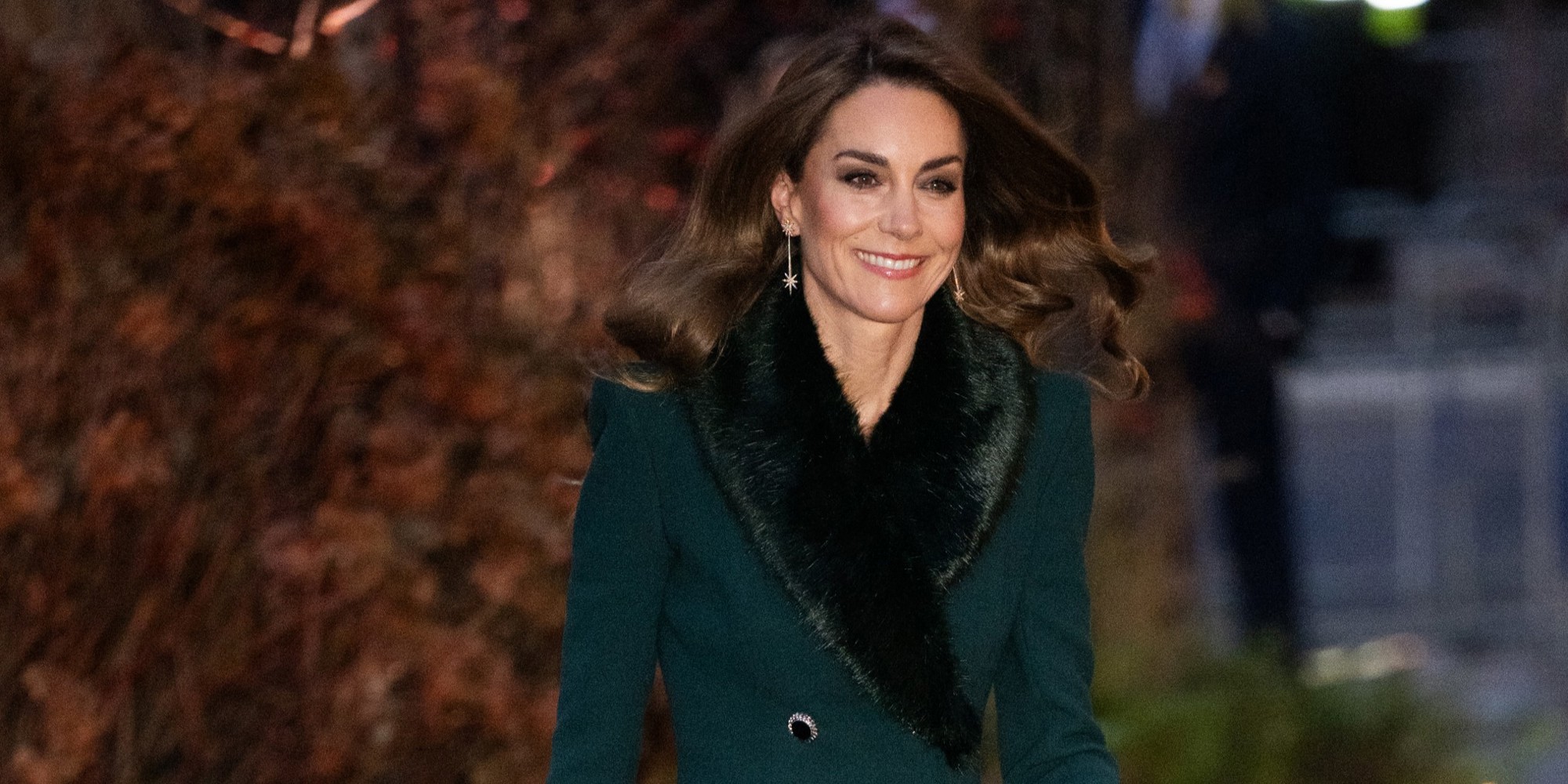
Compassion and togetherness celebrated at royal carol service
Wednesday, 24th December 2025
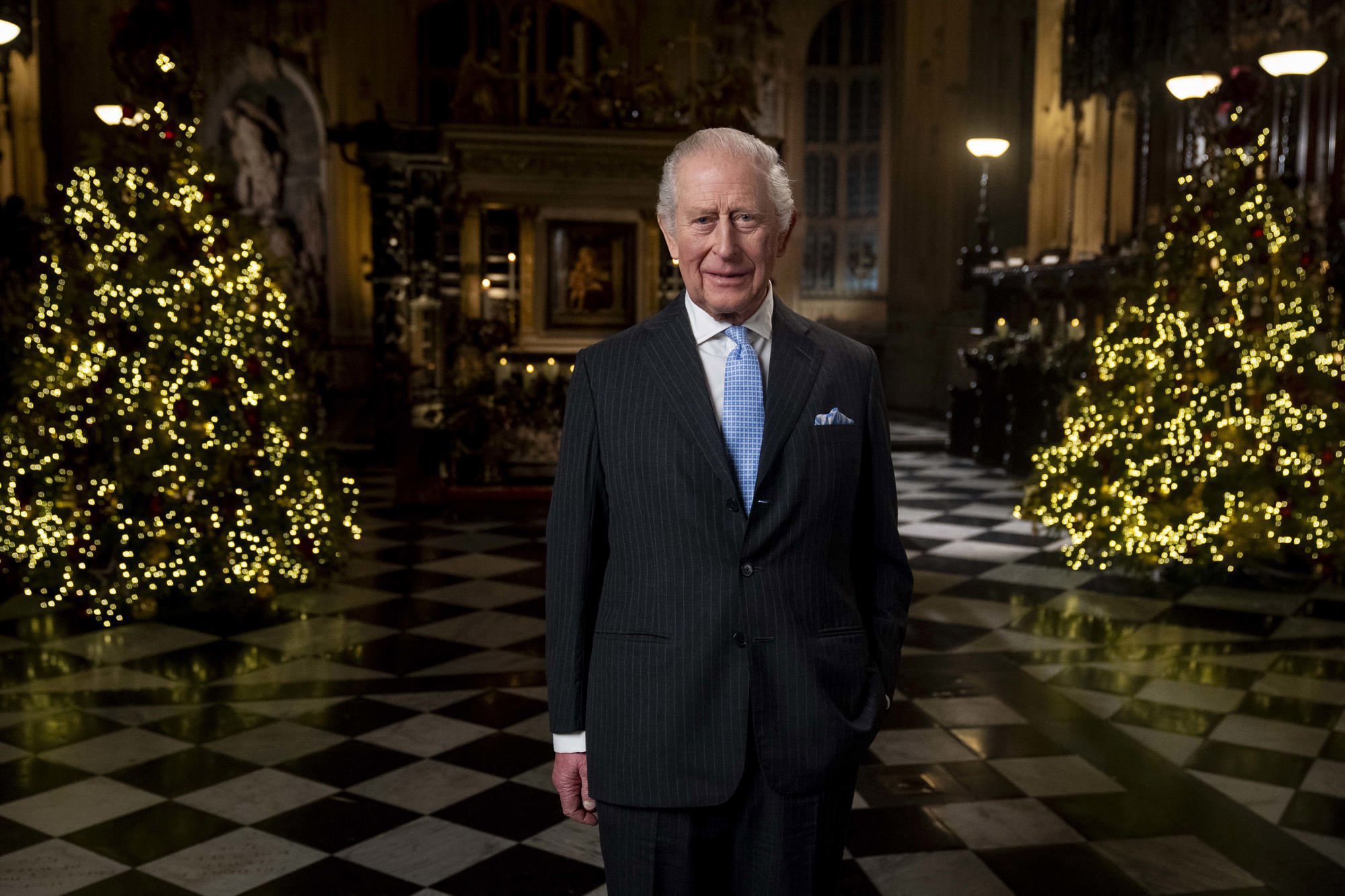
The King’s Christmas message to be from Westminster Abbey
Tuesday, 23rd December 2025
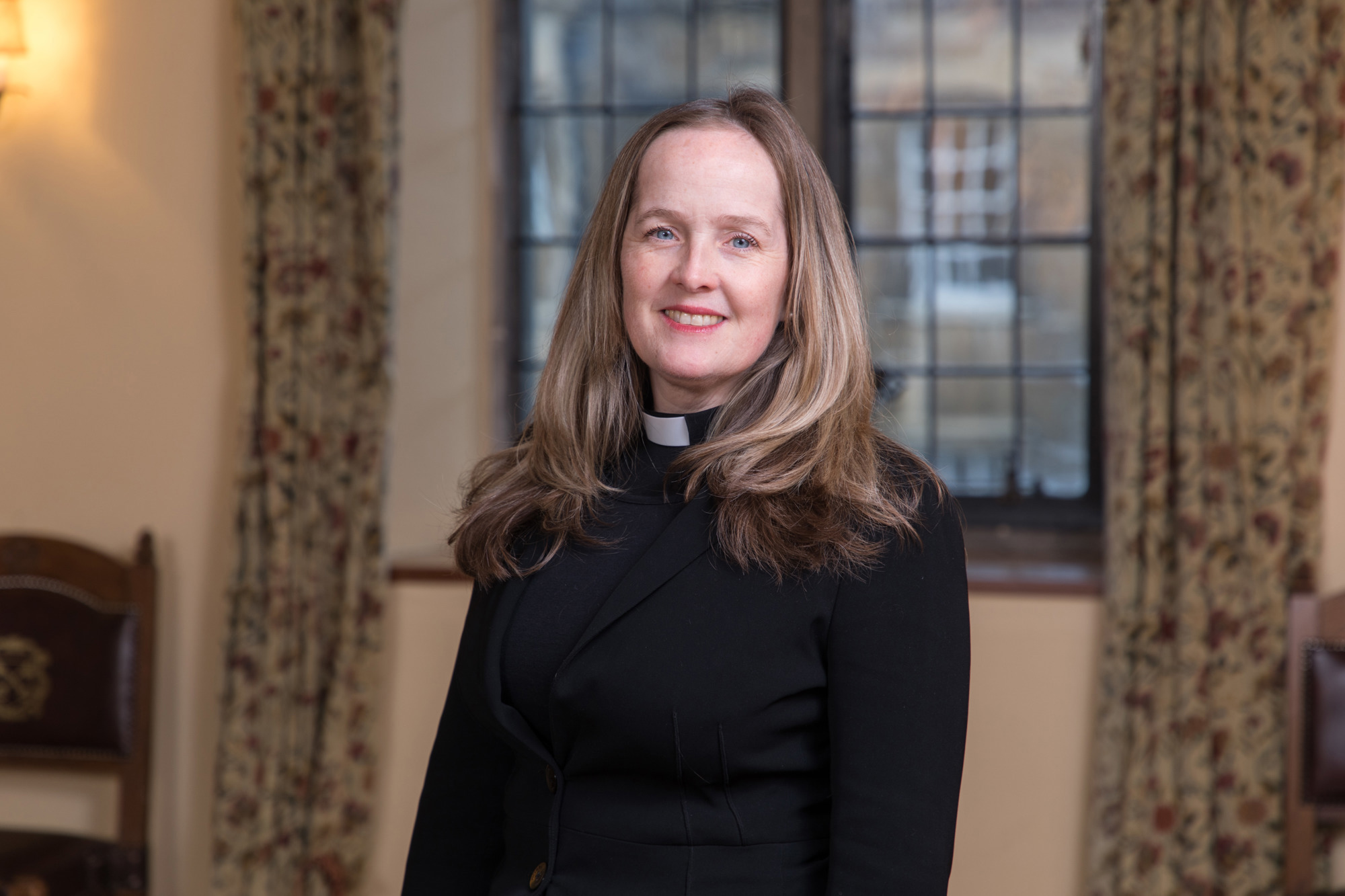
Jennifer Adams-Massmann appointed as a Canon of Westminster
Thursday, 18th December 2025
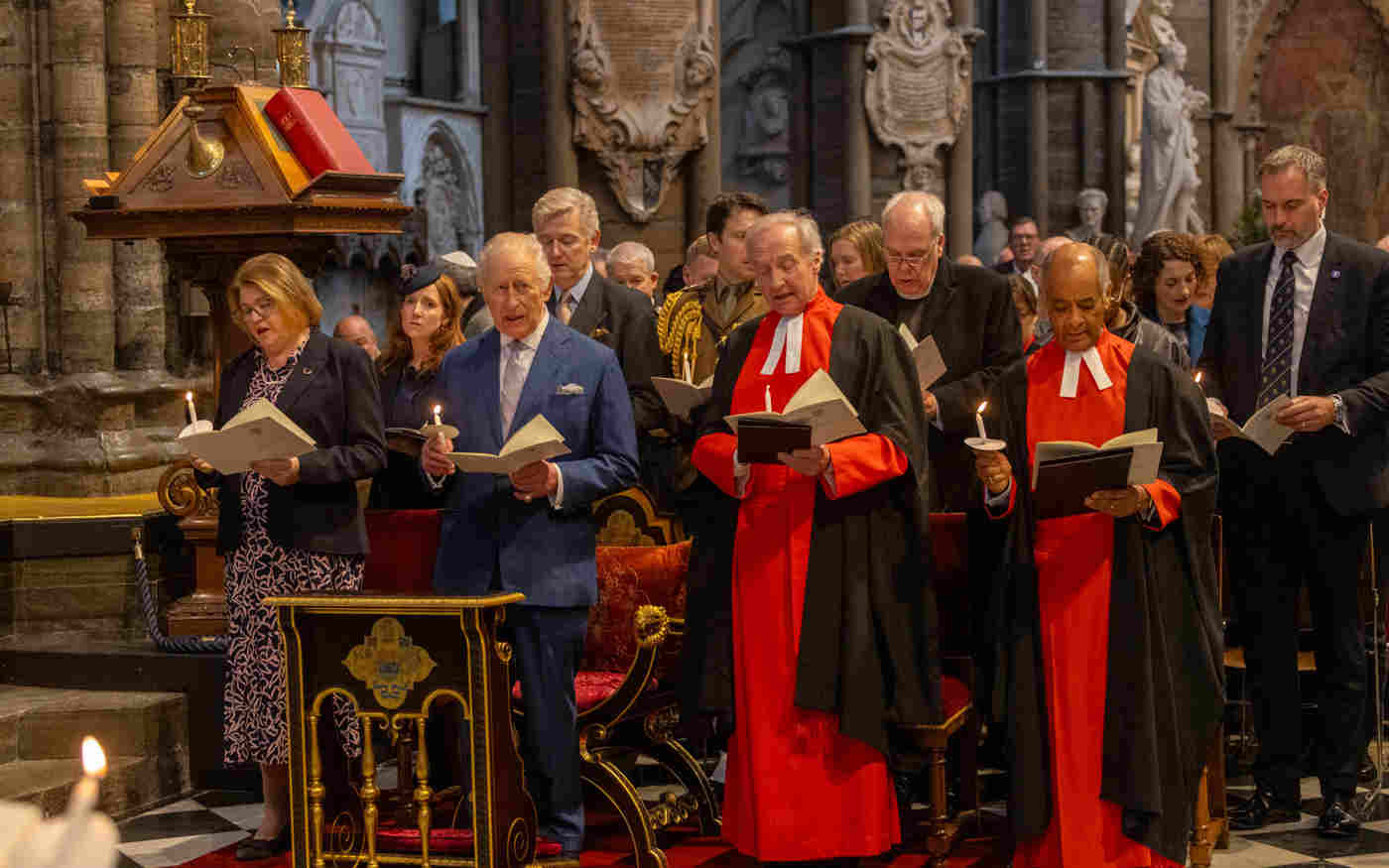
The King attends a service to celebrate Christian witness
Wednesday, 10th December 2025
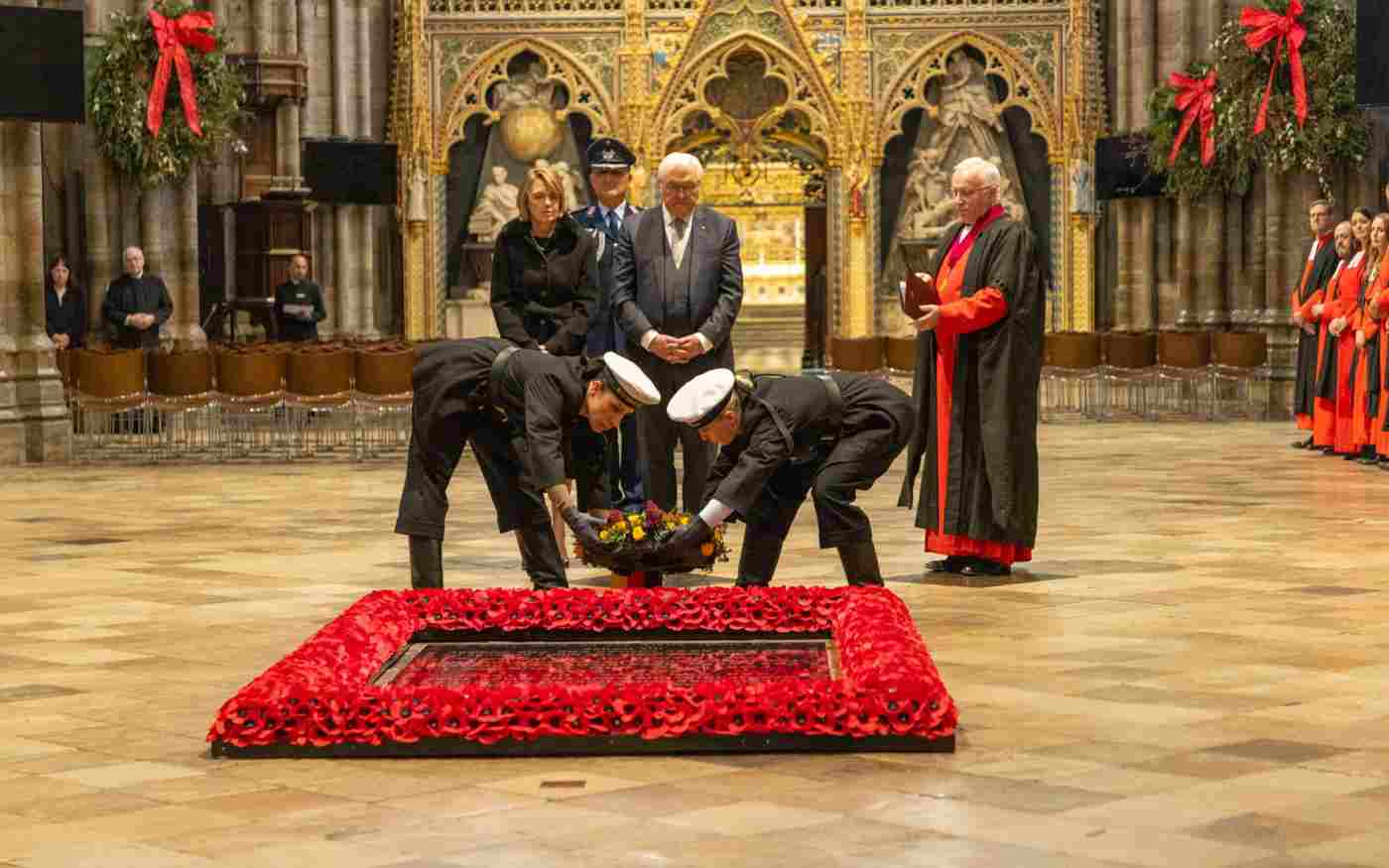
German President welcomed to the Abbey
Thursday, 4th December 2025

St Cecilia Day service a celebration of music
Wednesday, 19th November 2025

Princess of Wales to host Christmas carol service
Thursday, 13th November 2025
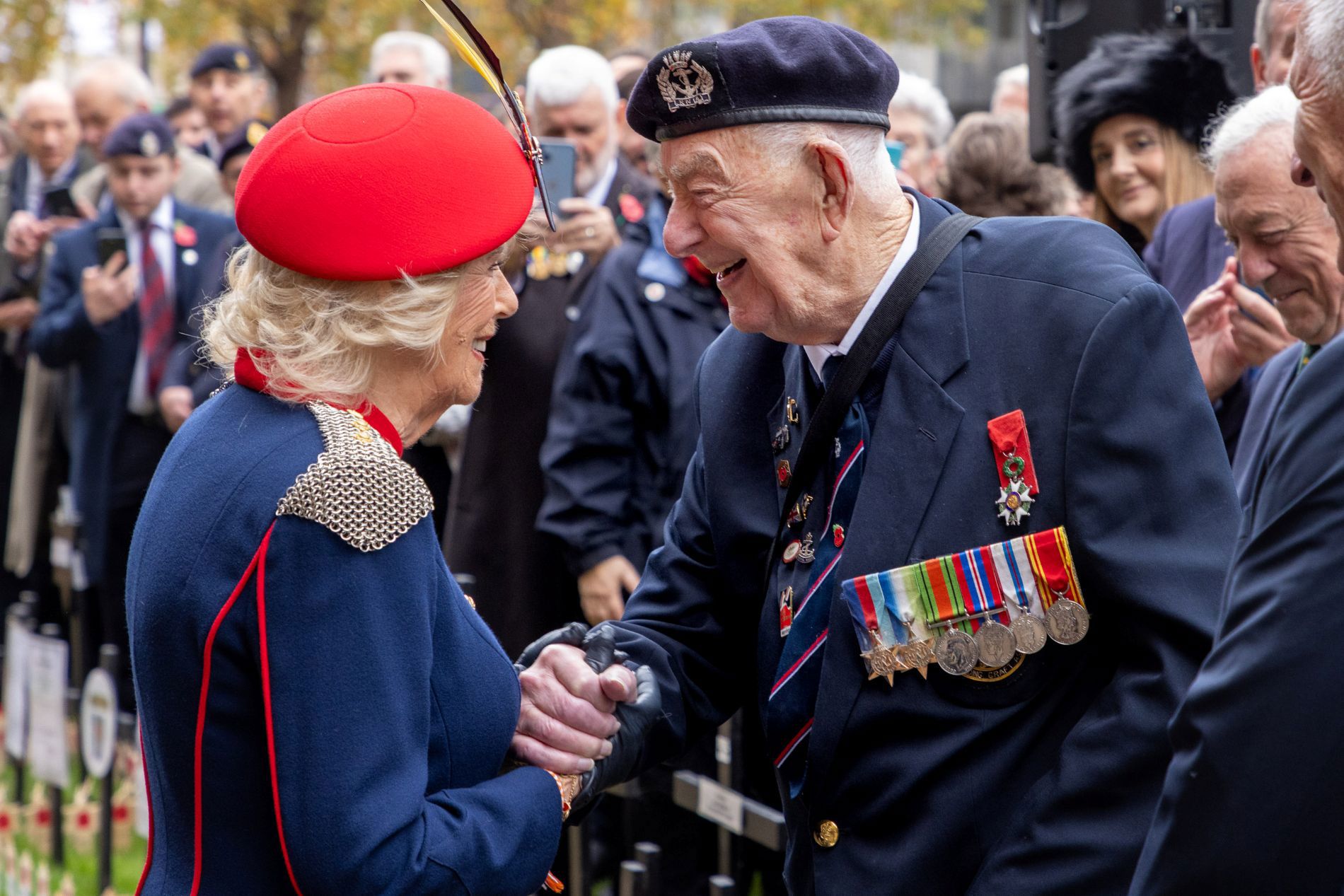
Her Majesty The Queen opens the 2025 Field of Remembrance
Thursday, 6th November 2025
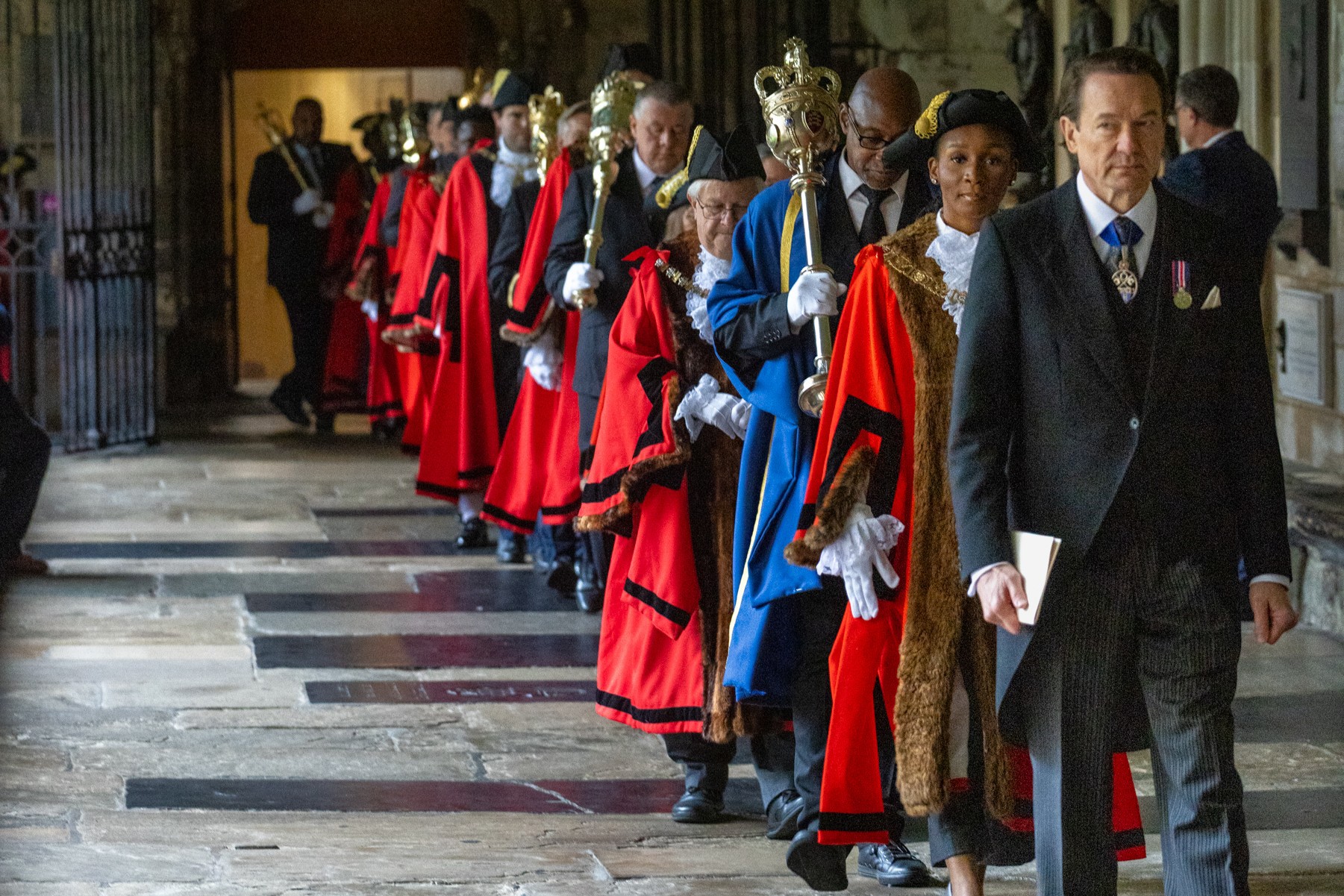
London Mayors attend Abbey Evensong
Monday, 20th October 2025
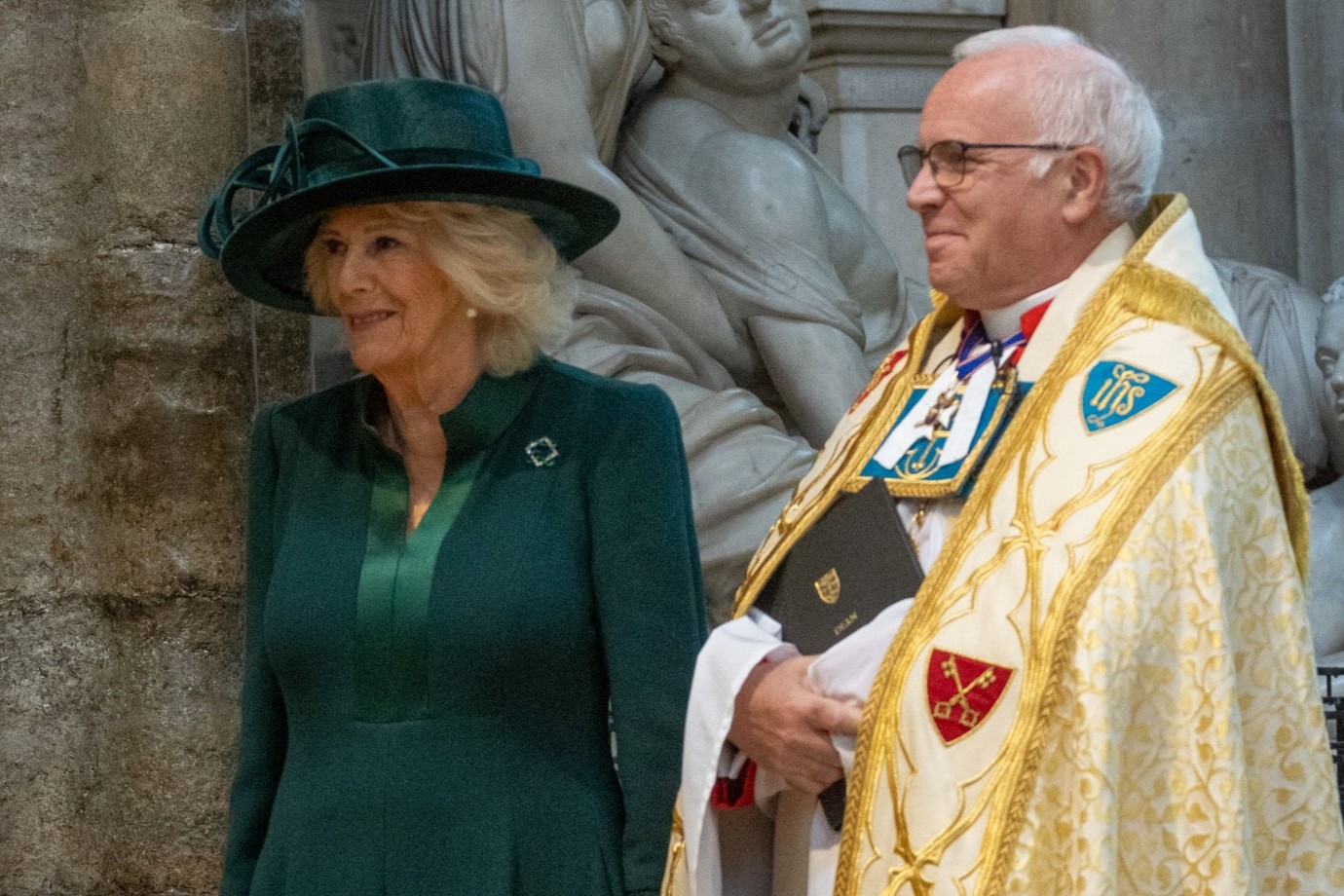
Abbey celebrates the harvest with national service
Thursday, 16th October 2025
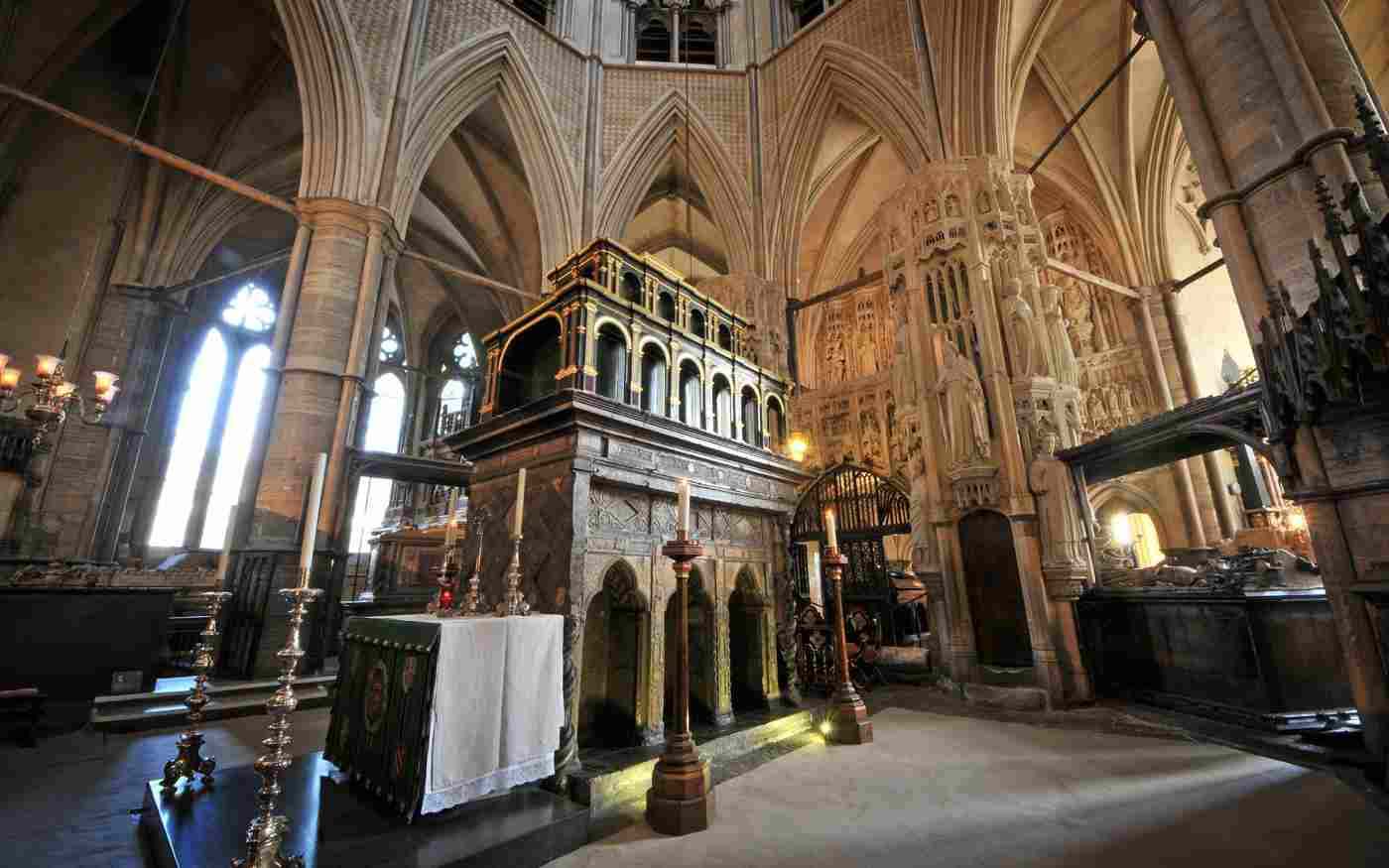
New research explores medieval Westminster's holy relics
Tuesday, 14th October 2025
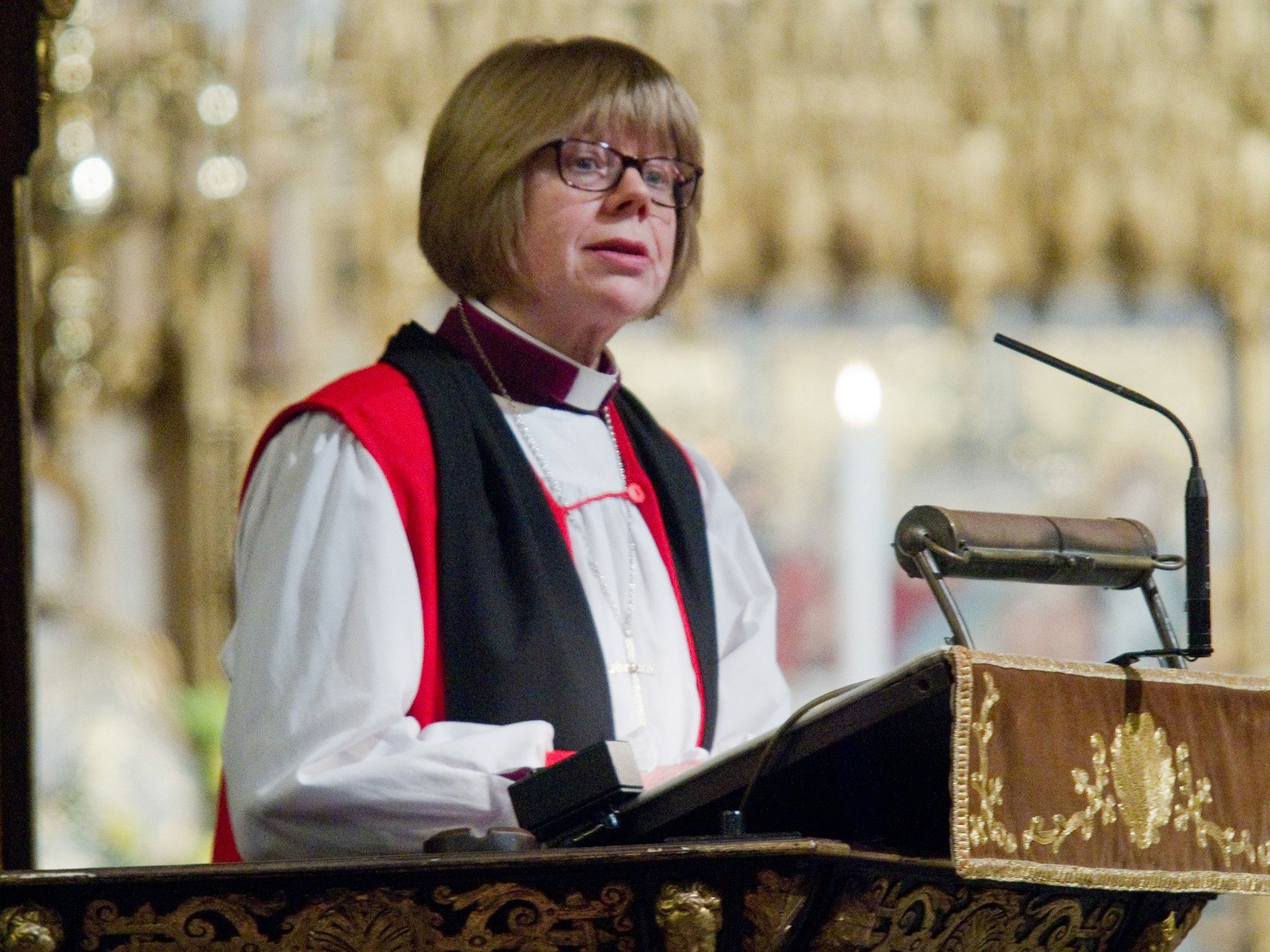
Dean of Westminster welcomes appointment of new Archbishop of Canterbury
Friday, 3rd October 2025
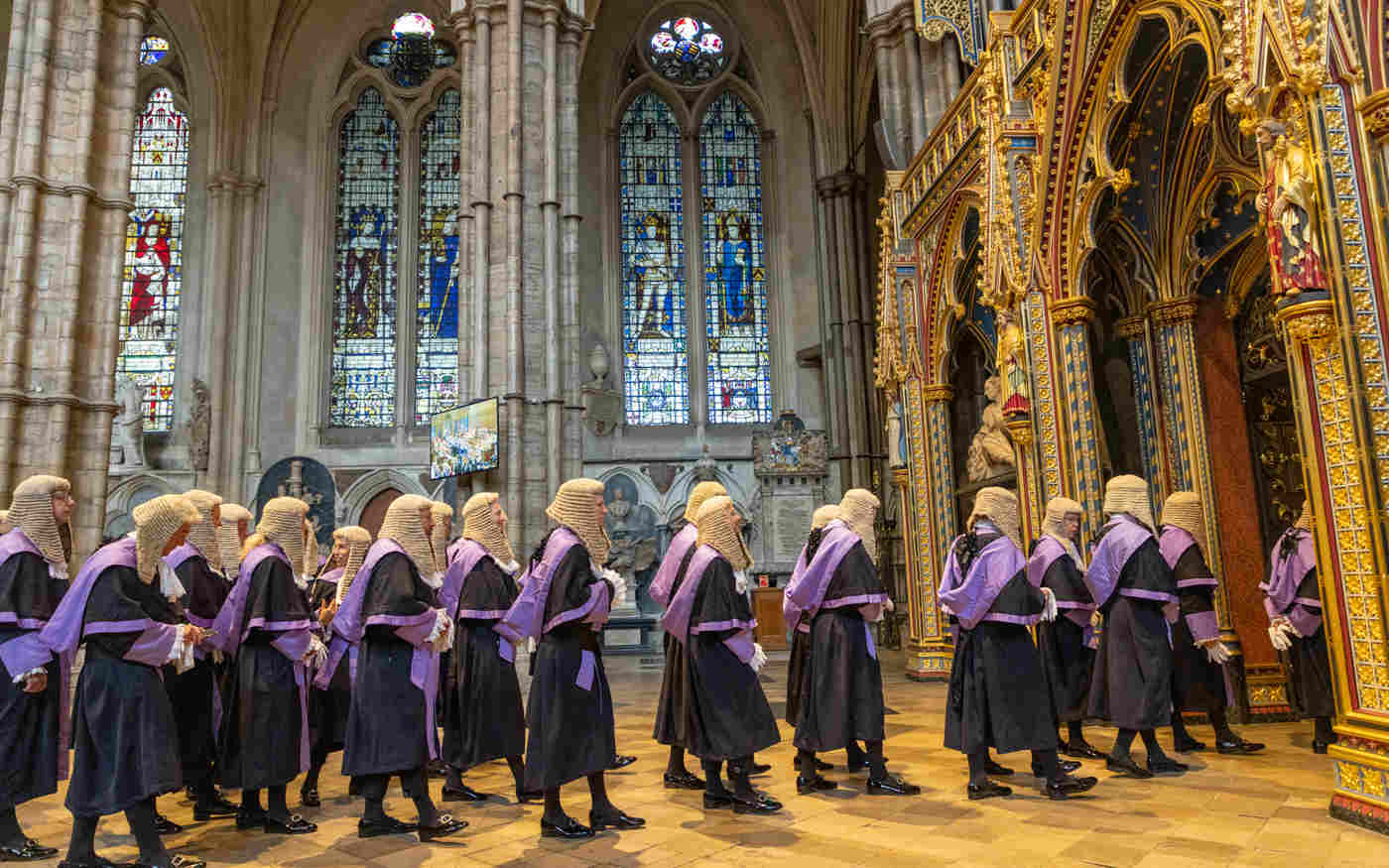
Judges mark the start of the new legal year 2025
Wednesday, 1st October 2025



